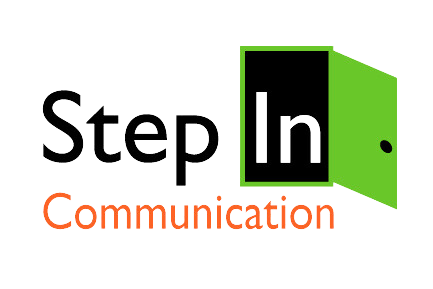Spend any amount of time on Facebook these days, and you witness people traveling in gangs, rising up because serious harm has been done to someone or something. Virtual vigilantes. It could be inspired by the upcoming presidential election, or world events, but the general mood is shifting.
In the early days of Facebook, the network was largely positive, but the sheer size of Facebook and the mountain of content we see daily, is changing the way social media managers need to approach their pages.
This is especially true for groups, which often have a higher degree of controlled access. If you’re managing a Facebook group, it’s a challenge to keep the community moving along.
Good Communities Need Moderation
The best Facebook communities have a good moderator – one or two people (Facebook calls them Administrators) who guide the community along, keep the conversation going and, when necessary re-direct the conversation when it strays from the purpose of the group. Two great examples of groups which I participate in (which are by invitation only, so I can’t link to them here) are the Solo PR Pros Facebook Group and the San Antonio Bloggers Group on Facebook.
Both have amazing administrators which guide the discussion and set the tone for how the group navigates each day. But they also have structure, which is equally important.
Good Communities Need Structure
Although structure in Facebook groups can be very informal, it does create a backbone for the administrators. In the San Antonio Bloggers Group, the administrators have posted guidelines on what types of posts and conversation are allowed and guides to the members’ Twitter handles or Instagram channels. This prevents repetition in the thread and connects seasoned members with newer members.
“A moderator’s job is easy when the purpose behind a group is clear from the beginning and guidelines are clearly posted to help lead the way,” says Stacy Teet, moderator of the San Antonio Bloggers Facebook group. “One of the most difficult parts of managing any large group–online or offline– is keeping all the cars on the track following the same locomotive. Members are as diverse as they come, each with their own individual personalities, preferences and ideals, but if you build a community centered around a common interest, topic or goal and you keep the group focused on that one thing, positive momentum should take care of the rest.”
In the group for solo public relations professionals, the group files include templates, conference information and other information to help its members be better at what they do.
“One of the ways that we keep content fresh for our group is by listening. We actively listen to conversations to keep a pulse on what members need to support them in their day-to-day challenges,” says Karen Swim, president of Solo PR Pro, which offers the closed Facebook group for its paid members. “Knowledge of our audience also enables us to spot trends, information, resources and tools that would be of interest to the community and deliver content accordingly.”
But what happens when that Facebook turns into a mob?
I have participated in several groups where certain posts brought out the mob mentality and discussions got heated. When this happens, it’s tough for administrators to keep the peace, much less manage (what used to be called) “civil discourse.”
What can you do to manage the community back to a peaceful, yet talkative, state?
First, invoke the “guidelines” doc. Strong Facebook groups have a document that outlines what is and isn’t appropriate to post in the group. It also highlights what types of content are inappropriate and how that type of content will be handled.
“If a discussion begins that doesn’t relate to the group, a moderator can ask members to continue the discussion outside the group. If the group starts to veer off course in their day-to-day or general conversations, the moderator should restate the purpose of the group,” says Teet. “Ask members to reread and acknowledge posted guidelines.”
Second, if you don’t have a guidelines document for your group, now might be a good time to think about it. Once it is created, point members to it from time to time so they know it’s there. They might even go read it!
As an administrator, it’s your job to keep the conversation moving, so if that means biting your tongue, redirecting the conversation, hiding or removing inappropriate posts or working with individual members behind the scenes, think through the outcome you desire and then figure out how to get there.
The needs of the community almost always outweigh the impact of any individual post or member. It might be prickly for a while, but the good news about Facebook Groups, the conversation moves on quickly and will soon be forgotten. Can you say ‘squirrel’?

